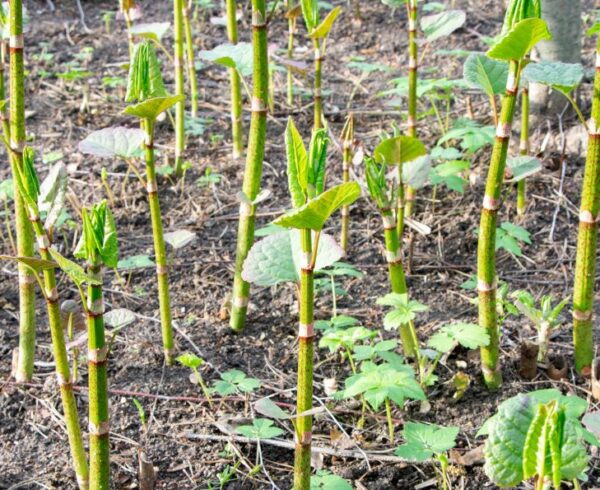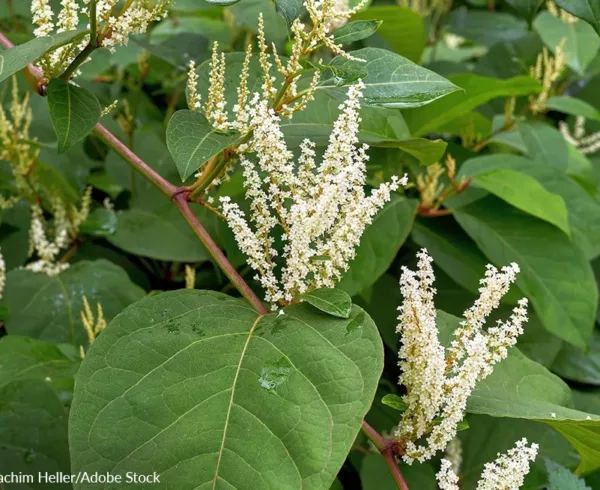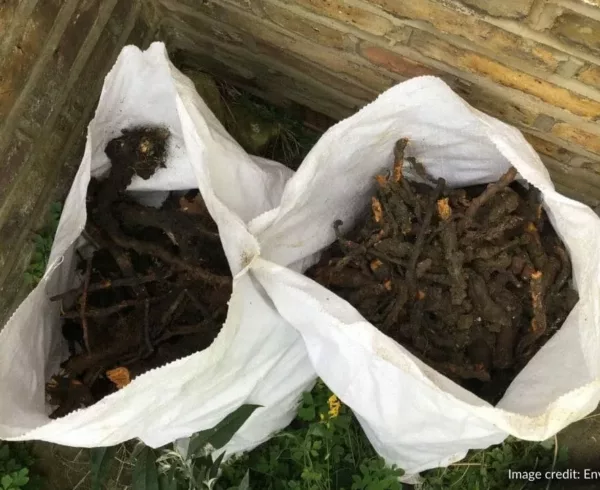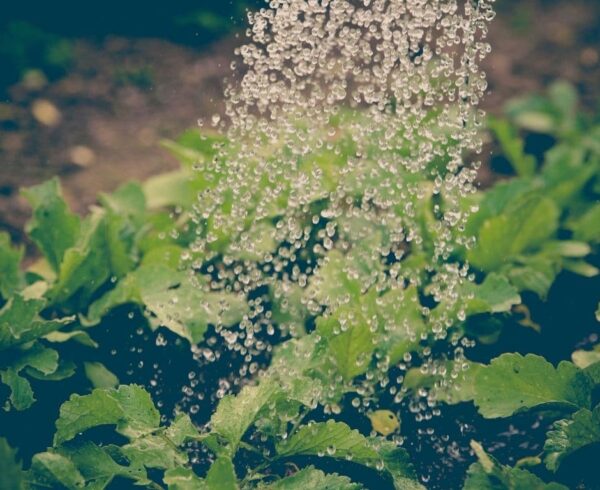The recent heatwave, which saw recorded temperatures rise above 40 degrees, could be contributing to the spread of Japanese knotweed in the UK.
Japanese knotweed, which can wreak havoc on fences, properties, and other infrastructure, if left unattended, grows rapidly during the summer months.
The invasive plant, which was introduced to the country from Japan as an ornamental plant in 1825, can grow an average of 10cm a day.
However, Japanese knotweed claimants have reported struggling to manage the plant more this year, which – as well as beginning to grow earlier – they say is growing faster than ever in the warm weather.
How to Identify Japanese Knotweed
Commenting on the rise in Japanese knotweed claims this year, David Richards, a Japanese knotweed solicitor at CEL Solicitors, said: “Japanese knotweed can reach up to 3 metres during the Summer months, so it won’t go un-noticed if it encroaches on to your land.
“We have many clients who report cutting back the weed each year, but they’ve finally had enough, as this growing season, it’s become completely unmanageable, with many reporting it is taking over their gardens.”
Why should I be worried about Japanese knotweed?
- It is illegal to allow the spread of Japanese knotweed so you need to ensure you’re not negligent in allowing it to spread onto someone else’s land, otherwise, they could bring a claim against you.
- It can significantly devalue your property, with some buyers trying to knock as much as 10% off the value of your home. It can also put buyers off. There is no way around this, as legally, you must disclose the presence of knotweed on your property.
- Even if a buyer still wants to buy your home, despite the presence of Japanese knotweed, it can still cause problems with the sale. Japanese knotweed can make it significantly harder for buyers to secure a mortgage for an affected property.
- Once Japanese knotweed is established, it is extremely difficult to remove and dispose of it legally. The best bet is to bring in experts, but this can be expensive, running into several thousand pounds. (How to Get Rid of Japanese Knotweed)
- The Environment Agency describes Japanese knotweed as “indisputably the UK’s most aggressive, destructive and invasive plant”. It grows rapidly and can push up through asphalt, cracks in concrete, driveways, cavity walls, drains and fencing.
Japanese Knotweed Running Rampant in Worcester
Commenting on the impact of the heatwave on Japanese knotweed, David added: “Japanese knotweed is certainly problematic for homeowners and there are concerns that the recent heatwave is producing the perfect conditions for it to grow.
“This invasive weed targets the weak points of a building and attempts to grow through them, causing structural damage, which can be very expensive to put right. With the warmer weather, there are real concerns the weed will grow bigger and stronger. My advice, therefore, would be to take action right away, before it gets out of control.”













